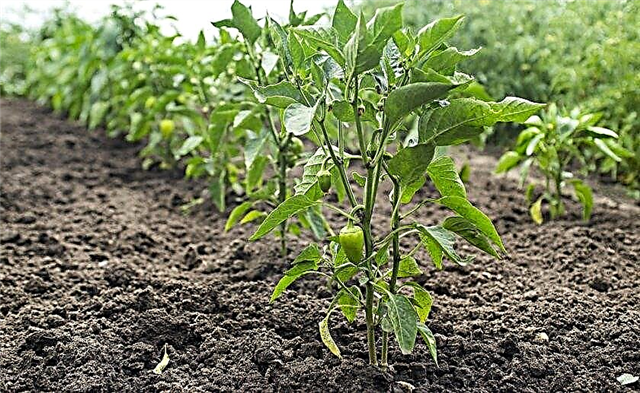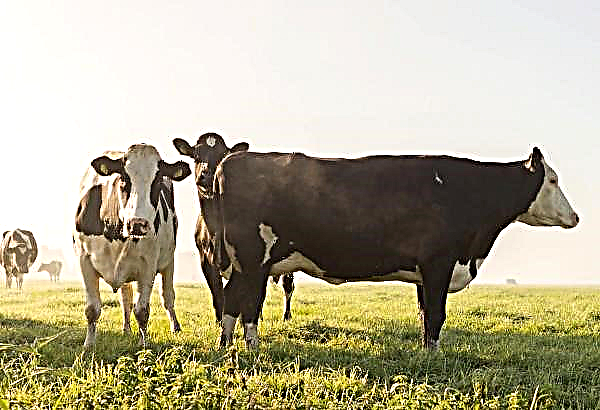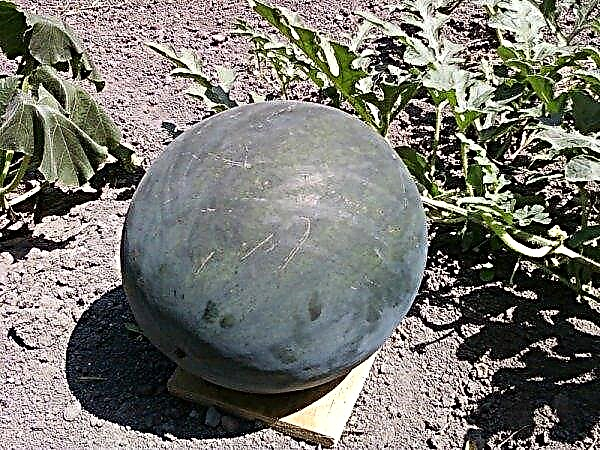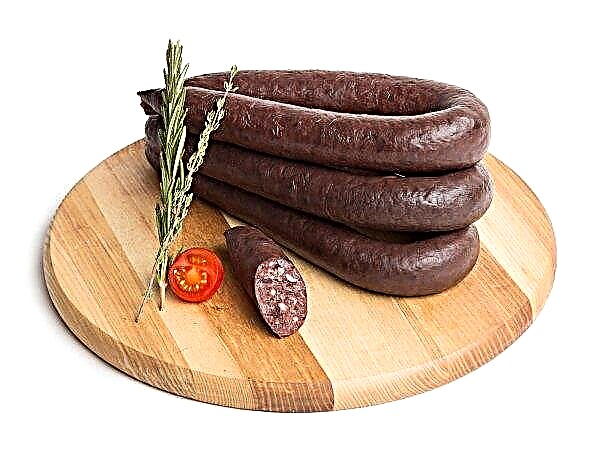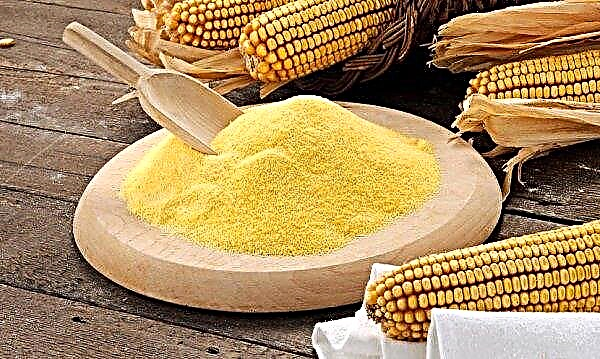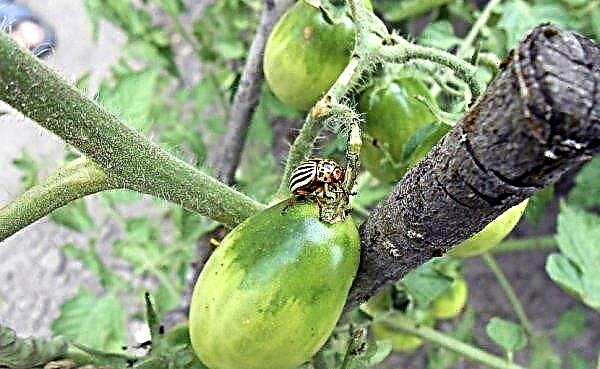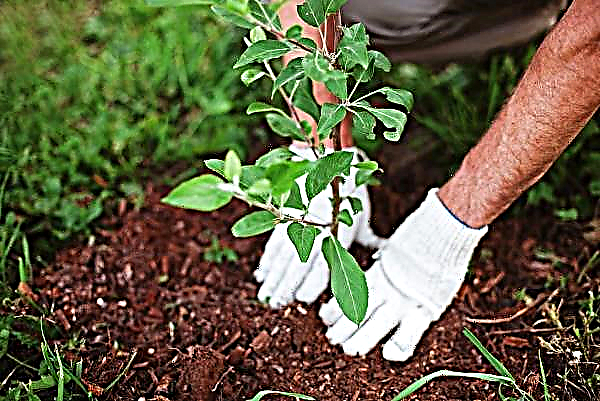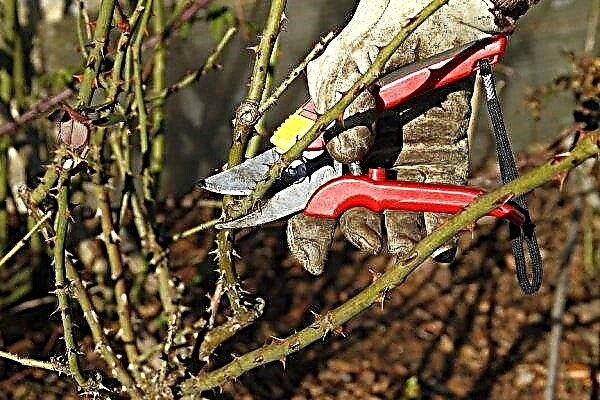Bell pepper can be called a capricious plant, because when cultivated it can encounter a number of difficulties, and falling leaves is one of them. This problem may directly indicate miscalculations in caring for this demanding vegetable crop. In the article, we consider what the reason for this phenomenon lies, as well as how to eliminate it.
The main causes of falling leaves of pepper
Among the main reasons why, when grown on a bell pepper, leaves fall off, there may be:
- errors in care;
- disease damage;
- attack of harmful insects.
Important! When caring for peppers, it is unacceptable to violate the rules of agricultural technology, since this threatens not only with a deterioration in the appearance of plants (which indicates an unhealthy culture), but also a decrease in its productivity.
Pepper Care Violation
What can be the errors in care:
- In the soil there is an insufficient amount of minerals (potassium, nitrogen, magnesium).
- The soil is oversaturated with nitrogen.
- Increased soil acidity.
- The death of the roots or the violation of their development due to improper planting (the roots are intertwined during growth, which does not allow the nutrients to be absorbed sufficiently).
- Vitamin B deficiency due to lack of balanced top dressing.
- Incorrect irrigation schedule (insufficient moisture, excessive flooding or water of inappropriate temperature).
- Prolonged exposure to direct sunlight.
- Planting a crop on a bed with constant shading, due to which there is a lack of ultraviolet radiation.
- Unsuitable temperature conditions (excessive heat or low temperatures).
- Lack of ventilation.
- Excessive thickening of stands.

Disease
Sweet pepper has many common diseases, leading to withering and shedding of not only foliage, but also the ovaries, and sometimes the death of the whole bush.
Among them:
- Blackleg. Fungal infection, may develop during shoot growth. Various bacteria that can persist in seeds, soil, and crop residues are factors that encourage the development of the disease, and dense planting of bushes, poor ventilation, and inadequate aeration provoke fungal growth.

- Gray rot. Disease caused by botrytis cinerea. At the bottom of the stems, in the area of their contact with the soil, wet brown spots with a grayish coating are formed. The provoking factors of the appearance of the fungus are a combination of increased humidity and ambient temperature above + 20 ° C.
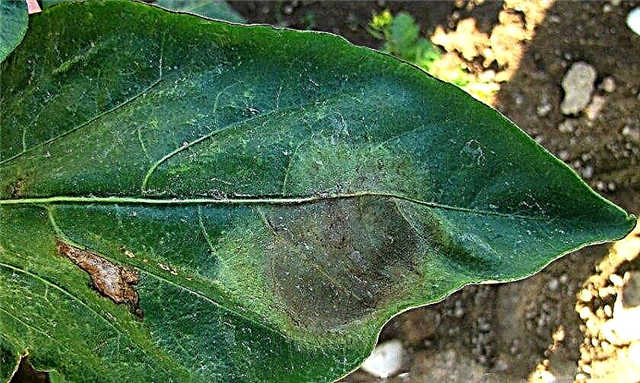
- Late blight. The defeat of the bushes with the fungus rhytophthora infestans, which is able to spread throughout the planting of pepper. The early stage of development is similar to a black leg lesion. After 14 days, brownish spots already cover the entire plant and even the fruits. In dry weather, the foliage dries quickly, wrinkles and crumbles.
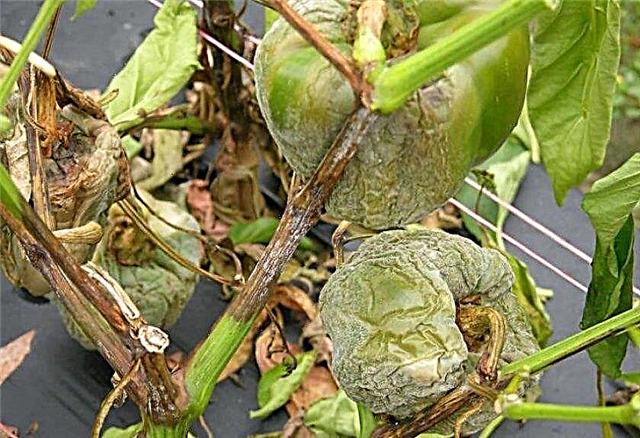
- Cladosporiosis (brown spotting). It is caused by the fungus fulvia fulva, which mainly spreads to bushes planted in a greenhouse where there is high humidity. With the described disease, brownish spots appear on the leaves from the outside, and on top they are covered with a gray velvety coating. Then the stems and fruits rot, the leaves fall, and the plant dies.

- Fusarium. Damage to the stem vessels of the fungus fusarium. Clogged stem ducts do not allow nutrients and moisture to enter the plant, it is poisoned by toxins, its foliage turns yellow, curls and fades. In parallel, rot develops on shoots, roots and fruits. The plant gradually discards foliage and fruits, and then dies.
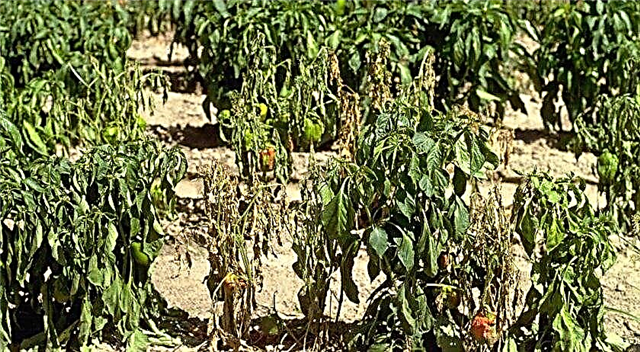
- Black bacterial spotting. A characteristic sign of the disease is a dark spot, spreading over the leaves and shoots, and having a yellow border at the border with green parts. The cause of the disease is soil contaminated with bacteria.
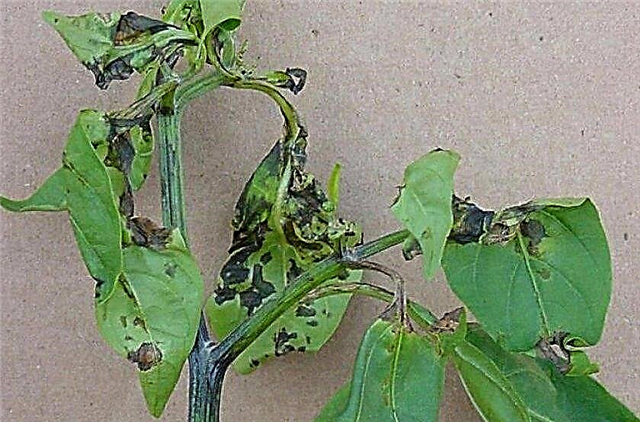
Pests
In addition to diseases, plantations of pepper are also threatened by pests.
The most dangerous of them are:
- Aphid. The parasite feeds on the plant's juices and is capable of destroying a large plantation of bushes in a short time, which, as a result of the defeat, will begin to discard foliage and flowers.
- Spider mite. The pest is deployed on the lower parts of the leaves and sucks the juice from the plant, which leads to the loss of foliage by the plant.
- Slug naked. The green part of the plant is affected, including foliage and fruits, which is why the bush begins to rot.
- Bear and Colorado potato beetle. The leaves of peppers can be enjoyed by both the bear and the Colorado potato beetle and its voracious larvae. Pests can destroy most foliage on plants in a short time. The bushes begin to hurt and lose the remaining leaves.
What to do if leaves fall
To eliminate the problem, first of all, they establish the reasons why the plants began shedding leaves, and then take appropriate measures. Next, we will tell you what needs to be done to stop the dropping of foliage in young plants, as well as in adult pepper bushes.
Did you know? Cigarette smoke causes vitamin A deficiency in the body, which can lead the smoker to cancer. Therefore, people struggling with the effects of smoking, bell pepper can save lives, because it has a high content of this vitamin.
Pepper seedlings
For young plants apply the following measures:
- If the reason was fusarium wilting, then in relation to this disease, treatment does not give a positive effect, since the affected young seedlings quickly wither and die. Infected seedlings must be destroyed. Salvation from fusarium can only be preventative measures.
- With insufficient or excessive watering it is necessary to adjust the moisture schedule: the bushes are watered daily, in small portions (100 ml) of warm water (+ 30 ° C) for each plant.
- If the cause of leaf fall is pest damage, then in this case the seedlings need to be treated with insecticidal preparations: from aphids - apply “Karbofos” or “Keltan” (according to the instructions); from the spider mite, Akarin, Apollo, Actellik, Kleschevit, and other chemicals are used; special preparations Meta, Thunderstorm, Sludge are suitable for naked slugs, and you can also sprinkle plants with slaked lime for 2 days or spray with 1% solutions of Bordeaux liquid, iron or copper sulfate (100 g per 1 liter of water) .
- With a lack of nitrogen additional top dressing should be done. It is best to use Azogran B granules for this (according to the instructions).
- With Vitamin B Deficiency each plant is fed with microelements, for example, a solution containing yeast: fresh yeast (1 stick) is mixed with straw ash (1 l) and rotted manure (1 kg), then the mixture is sprinkled with sugar (100 mg), and it is allowed to infuse. As soon as the yeast comes up, the mixture is poured into a bucket of water, stirred and the seedlings are watered with this composition.

Pepper bushes
What can be done if adult plants are affected:
- In case of violation of the schedule of irrigation and temperature carry out watering only with water sufficiently warmed up under the sun (not lower than + 25 ° С). In cool air, water for irrigation is specially heated. Bushes are watered in the morning or evening (before sunny sunset). The main rule for watering pepper plantations is to prevent sudden changes in temperature indicators of air, water and soil.
- With pest. If there is still no color and fruit on the affected bushes, then treatment with antiparasitic insecticides can be carried out (Karbofos, Aktellik, Apollo). Repeated bushes will need to be processed no earlier than after 14 days. If the peppers already have an ovary, then it is better to carry out the treatment with alternative methods, spraying them with infusions of bitter pepper, dandelions, or chamomile once every 5 days (alternating infusions).
- With malnutrition. Feeding in the form of foliar irrigation with strong infusions of garden or meadow herbs, as well as irrigation with growth stimulants (Sodium Humate, Silk, Epin-Extra, Zircon) will help to correct the situation.
Important! To grow new seedlings, you can not reuse the soil if the previous plantings were hit by a black leg. In such a soil, all harmful microorganisms retain their vital activity, therefore, new plants may die over time.
If fungal lesions are to blame for leaf fall, then the following measures are applied against them:
- With a black leg (at the first sign) the bushes should be watered with a weak pink solution of potassium permanganate; loosen the soil around each bush; spud the root necks of peppers; at high humidity, the beds are sprinkled with activated charcoal or ash.
- When detecting gray rot the plantation must be treated with Fundazol, Acrobat Ordan, Skor, Previkur - with medical means (according to the instructions for them), and the affected bushes should be removed from the site.
- Late blight eliminated by treatment of plantings (with aqueous solutions of preparations) “Gamair” (watering - 1 tab. per 5 l, spraying - 2 tab. per 1 l); “Alirin-B” (watering - 2 tablets per 10 liters, spraying - 2 tablets per 1 liter); "Ridomilom Gold" (spraying - 10 g per 2 l); "Fitosporin-M" (spraying - 10 g per 5 l).
- Cladosporiosis it is treated by reducing the intensity of irrigation, good ventilation (if the bushes grow in a greenhouse), hilling the basal part (15 cm high) and treating the affected plants with the “Barrier” preparation (spraying: 2 caps per 1 liter of water - 1 time every 7-10 days )
- Fusarium not completely eliminated. When it is detected, the beds are treated with the preparations “Fundazol” or “Topsin-M” (0.2%). Although these funds do not completely eliminate the disease, they can suspend the process of its development.
- Black bacterial spotting not treatable, so plants are destroyed. The disease can only be prevented by preventive measures.

Leaf fall prevention
In order to prevent the dropping of foliage from peppers, it is necessary to strictly observe the agricultural technology of the culture:
- harden seedlings before planting on an open bed;
- choose well-ventilated and lighted plots with fertile soil for planting;
- when planting seedlings, carefully spread their roots;
- comply with crop rotation rules without planting pepper in the same place for 3-4 years;
- regularly feed and fertilize;
- water both seedlings and adult bushes with warm water, observing the optimal watering schedule;
- timely detect diseases and parasites and apply the measures provided for them.
Did you know? For people with a contraindication to the use of raw bell pepper, nutritionists came up with "live candies", which include freshly squeezed juice and pulp of this fruit.
Useful tips gardeners
In caring for the planting of sweet pepper, some useful recommendations from experienced gardeners may come in handy:
- to buy pepper for planting only high-quality seed material, and before planting it is necessary to pickle it in a fungicidal solution;
- with repeated use of pots for seedlings, they are pre-treated (scalded with boiling water, washed with a solution of potassium permanganate or treated with alcohol);
- the soil before sowing seeds must be decontaminated by calcining it in an oven for 20–25 minutes, and after disinfection, shed with Baikal biofeedback (to saturate with useful microorganisms) and left to stand for a week;
- prevent thickening of plantings (both seedlings and bushes in the open ground);
- Do not expose the seedlings to cold drafts, otherwise when the roots are supercooling, the plants will begin to hurt;
- planting peppers need to provide good drainage and proper watering;
- in order to suppress soil infections, it is allowed to spill the ground around the roots of peppers with the “Healthy Land” remedy (according to the instructions).
